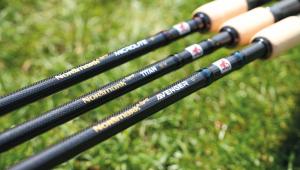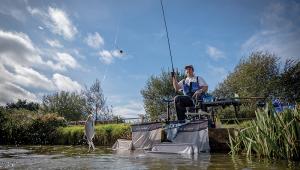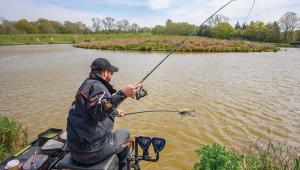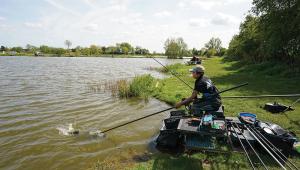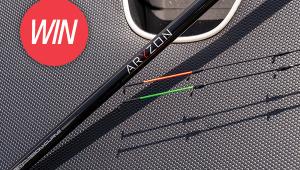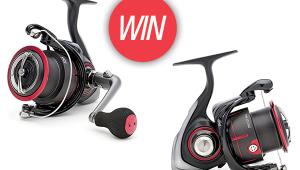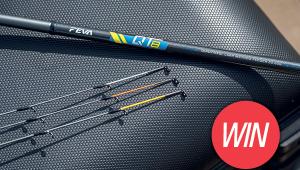Master Deep Margins - Darren Cox
I often hear anglers talking about their margins being ‘too deep’ to catch properly. “If it’s over two feet deep you’re wasting your time” is the general consensus at this time of year and I totally understand the point they are trying to make and the problems that situations like this can create when it comes avoiding those dreaded liners and foul-hooked fish.
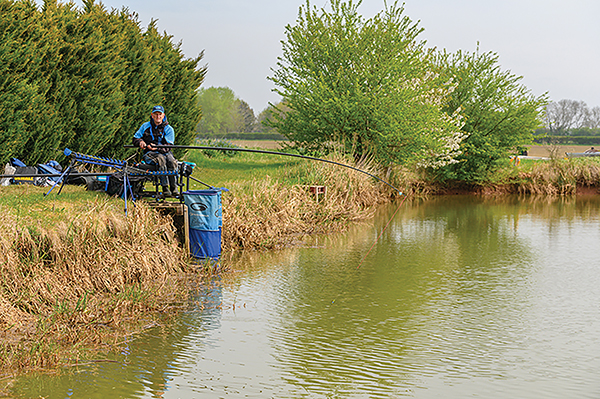
However, if you can catch carp on the bottom in 10 feet of water at 13 metres, there is no reason why you can’t catch them in four to five feet tight to the margins.
In fact, if you can get your tactics right you can often use the depth to your advantage. There are many ways in which you can help yourself if you look at things logically in these situations.
Depth Disadvantages
One of the most common complaints when fishing in deep water for carp is that you can foul hook too many fish. Foul hooked fish mainly come off, and they can make a real mess of your swim and will often scare off other fish that are also down there.
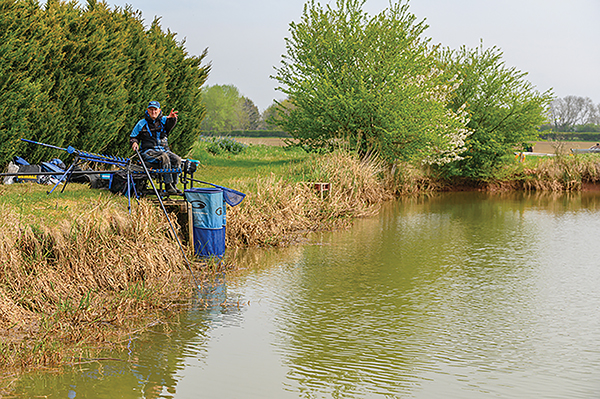
This is also a problem in deep margins, especially when you combine it with ‘margin mentality’ feeding. The issue occurs when you feed in deep water. As anglers we have it drilled into us to feed in certain ways and there is little deviation from that.
Little and often is usually the best way, but in deep water it can bring the fish up in the water, especially when feeding with a catapult, and if that’s the way you like to feed you need to be prepared to have a go at catching them shallow too.
The other way we regularly feed in margins is dump feeding. This can cause big problems with fish wafting bait about, and again it causes false bites as fish are mulling around in the feed rather than on it with their heads down.
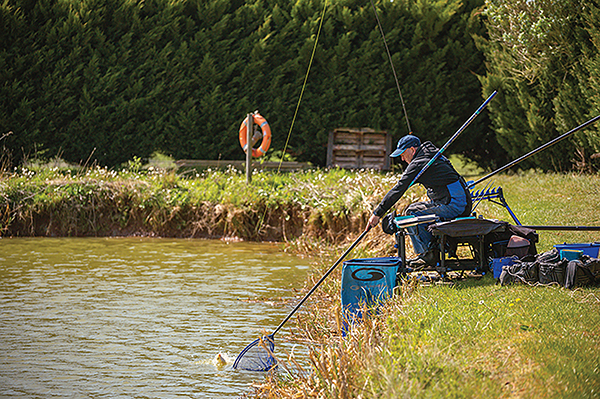
This is a big problem you can encounter in deep swims out in open water, but as anglers we have learnt to cope with it by feeding smaller amounts in order to get a few fish in the swim, catch them, and then re-boot the swim again in the same moderate way.
Long-gone are the days on most commercials where you have to ‘dump’ feed. This more conservative approach normally delivers in a better way, with more fish hooked correctly and a lot fewer crazy indications where there are too many fish on the feed wafting it all around your swim.
Sensible Solutions
You must apply these principles in exactly the same way in deep margins too. Here at Clifford Chambers ADDAC Pool near Stratford-upon-Avon I can demonstrate this perfectly. Most margin swims tight to the reeds are at least five feet deep when the pool is high.
The fish come in close very early in the session because the depth acts as natural cover, and a lot of the time you don’t even know when they are there. Liners and foul hookers are a classic issue too so there are a few things that are important to bear in mind.
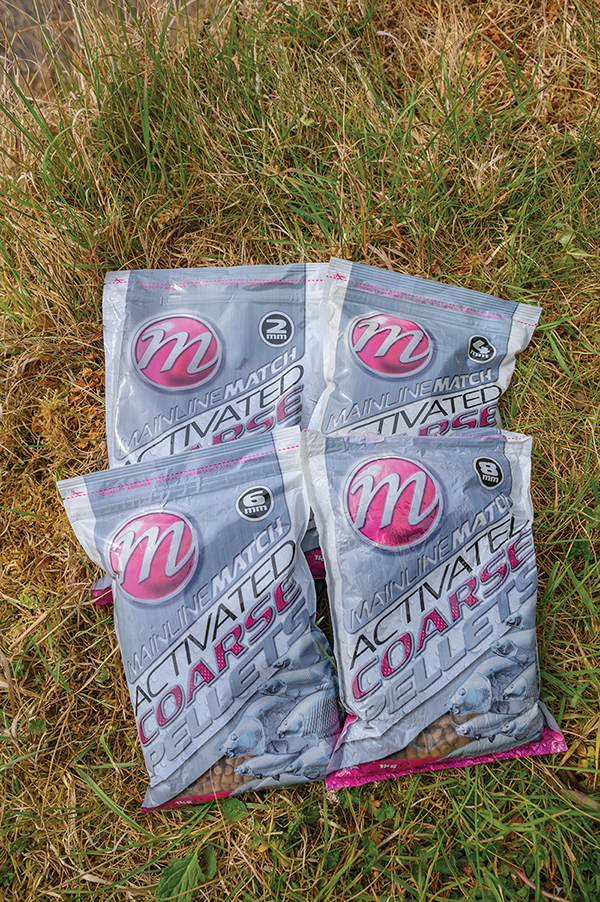
Firstly, consider the baits that work on the lake and how is the best way for you to fish them on the hook as well as feed. Hard pellets are always good, along with meat and corn. You can also feed these in deep water as long as you are careful. Groundbait can cause issues as it gets wafted around by fish so easily, as can maggots.
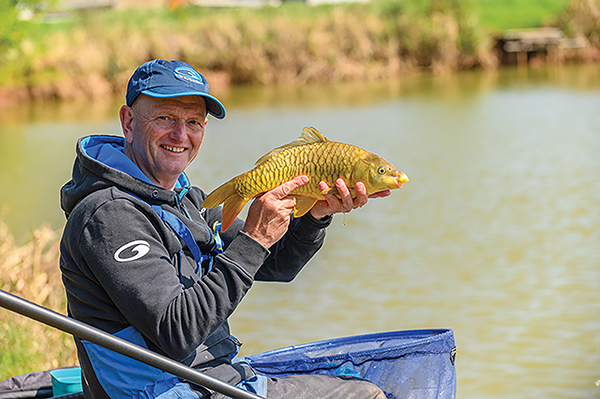
You can get away with very soft 2mm or 3mm micros squeezed into a hard ball as long as you only feed them in small nuggets that you can ‘sneak’ in. Corn and 6mm or 8mm meat and pellets also need to be fed carefully.
I will always use this approach to one side with a couple of heavy bottom rigs. A minimum of 0.4g but regularly 0.6g rigs in Garbolino DCC45 floats with thick 2 to 2.5mm buoyant hollow antennas are perfect. These rigs get the hook bait down quickly and if shotted down with only 3mm of float tip showing you can easily identify the difference between liners and true bites.
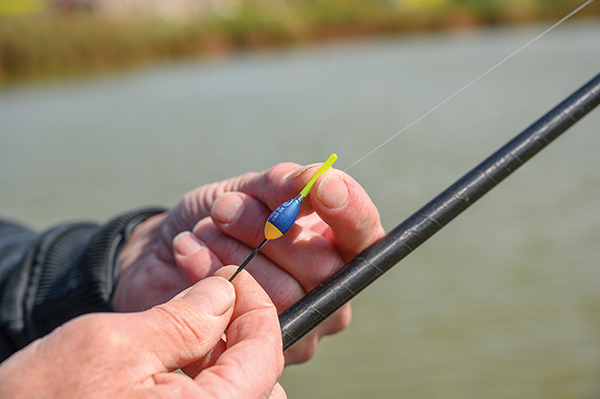
The true bites are the only ones you should lift into and show as a quick and very positive ‘clunk’ and under. Lift into any other variations of movement on the float and you will often end up with a foul hooked fish on, which is likely to come off or take far too long to get in, and at the same time make a real mess of your swim.
It is still very important to fish as close to dead depth as possible as this will increase your hit/bites ratio as well as reduce the amount of foul hookers again. Short lines and back shot also help you keep a tight line to the whole rig and help you hook even more fish.
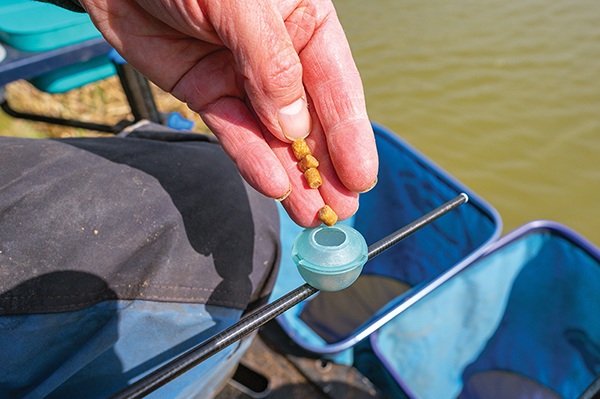
For bottom fishing in these deep margins I like to use a Constant Feed Pot on my pole. This way I can sneak baits in silently and they often get down without drawing too many fish up in the water.
All rigs need to be positive but in accordance with the expected size of the fish targeted. Garbolino Super G Power Line is perfect for margin rigs; extremely robust and goes up to large breaking strains as required. It holds up better than any other I’ve used going through weeds, reeds and snags. My rigs are tied on 0.18mm or 0.20mm so I can tie a big hook straight on without a hooklength or use lighter hooklength and smaller hook if necessary.
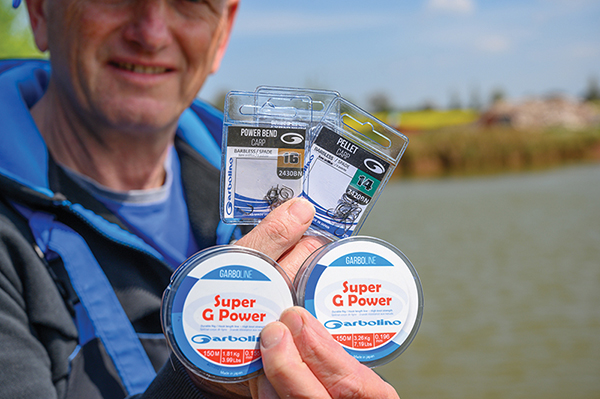
For most of my carp fishing in open water or clear margin swims Garbolino Fighter Hollow 2.3mm yellow is unbeatable. If I am in snaggy territory, I will step this up one or two grades. Hook choice also depends on the bait you are using on the hook. A size 16 Garbolino Pellet hook is perfect for a banded 6mm or 8mm pellet, and even corn or meat. I rarely use hair rigs in these situations unless I’m bagging on a shallow rig as the fish can hook themselves well in this situation.
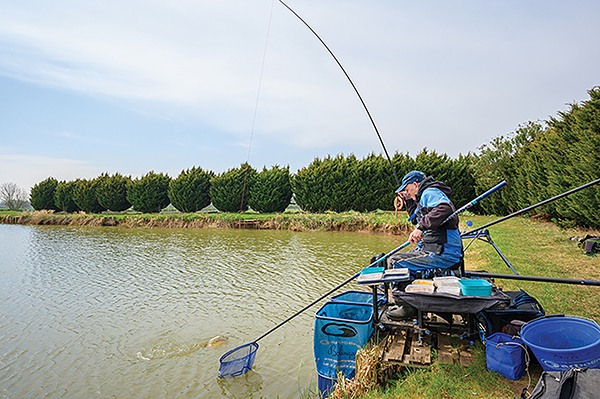
A Different Approach
If I have more space to one side, I will set up a totally different plan of attack, which I call my noisy approach. My idea is to try and attract fish into the swim and fish shallow, or half depth tight to the margins.
By pinging 6mm pellets as long as is comfortable or possible, I can set myself up a potentially match winning swim. The rigs are still very positive and I use what is my conventional margin float, the DCC02 as a shallow rig in this deeper margin.
The 2.5mm hollow buoyant antenna holds a pellet up well mid-depth when shotted correctly, and again identifies true bites from liners, which is so important with this style of fishing.
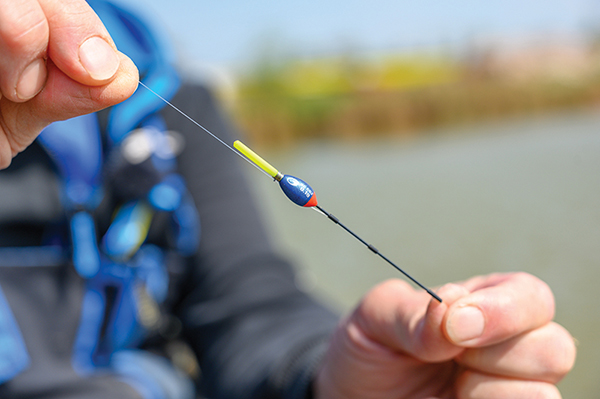
I treat this swim in exactly the same way I would a long shallow line, and if you have cover to fish to and that necessary space it can be absolutely deadly. It’s a totally opposite approach to the other swim I set up, so gives me two very good options that could work at any point in the match, not just a last-gasp few fish towards the end. Regular light feeding is again the key; making that constant noise will attract fish and the pellets or meat will keep them there.
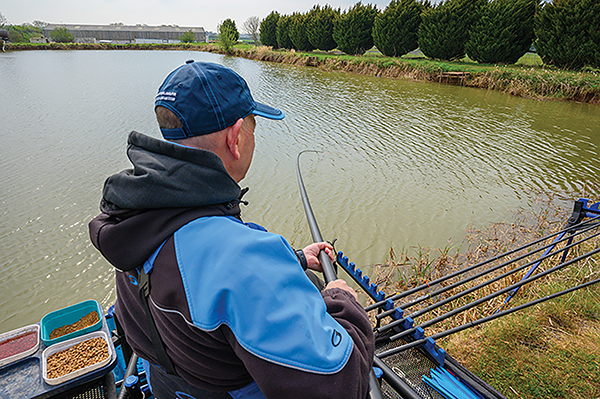
So please remember, when you have deep margins you must treat them differently to the way you would normally fish in shallow water. Think about what you do in open water and use similar tactics and you won’t go far wrong. Forget they are margins, and apply your angling knowledge.
Today’s session has provided the perfect example of how you can master what can sometimes look like awkward situations. It just takes a bit of rational thought as well as covering your options!
Tactical options to help catch more fish in deep margins
• Fish left and right margins – two different approaches if necessary.
• Fish at dead depth with back shot for a better strike rate.
• Sneak small amounts of bait in to catch on the bottom.
• When fishing half depth, or off the bottom in deeper margins, make a noise with your feed
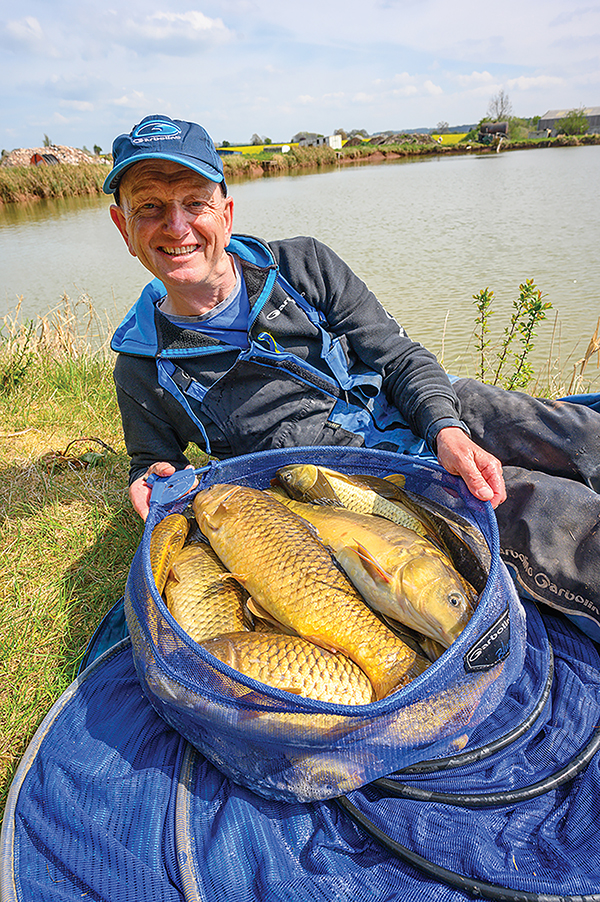
- Log in or register to post comments
